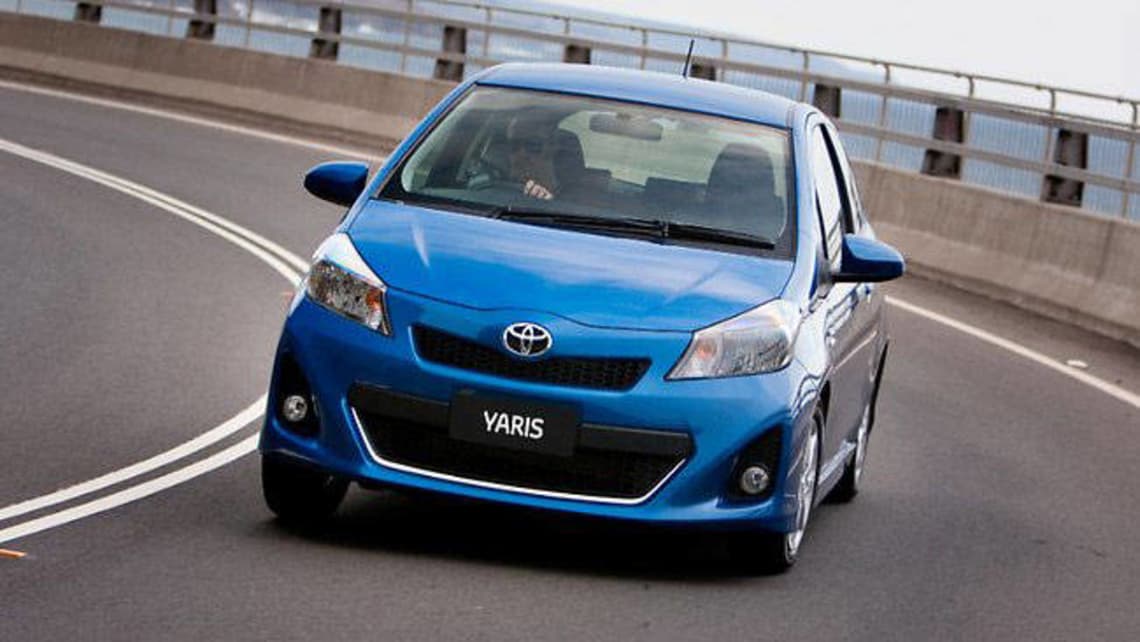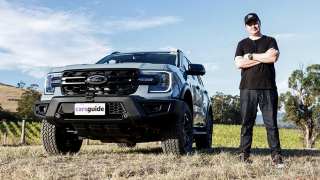
New car owners downsizing early

One in two Australians who have bought new cars in the last few years are already looking to downsize their vehicle to save money. Latest data from retail research company Canstar Blue found new car owners who had purchased a vehicle in the past three years were already looking to replace it with a smaller vehicle.
The survey of more than 1700 people found about 45 per cent of respondents said they had considered downsizing to a more efficient model. New car owners in Victoria were most likely to look at getting a smaller car (50 per cent), followed by NSW (47 per cent), Qld (43 per cent) and SA (36 per cent). Of the drivers looking to downsize, Generation-Y was most likely to look at doing it (53 per cent).
Canstar Blue manager Rebecca Logan said the results found people often examined all the costs associated with their vehicle after buying it. "With petrol prices and generally everything going up at the moment, even if people bought a car in the last three years they're finding it's having a real impact on their hip pocket,'' she said.
"Everybody is feeling the pinch at the moment so if downsizing a vehicle is going to save them some money then that's obviously something that's going to be taken into account.'' MyBudget director Tammy May said many of her clients had looked to downsize their car to reduce weekly expenses.
"We've seen a trend in people willing to re-evaluate the car they are driving because of the expense associated with owning a car,'' she said. "It's such a big expense in people's budgets.'' Latest figures from the Federal Chamber of Automotive Industries found there was a nine per cent increase in new car sales in September.
The Canstar Blue data also found 28 per cent of respondents found it quicker, easier and cheaper to leave their car at home with this most commonly felt in NSW (37 per cent), followed by Victoria (27 per cent), South Australia (20 per cent) and Queensland (19 per cent).







Comments